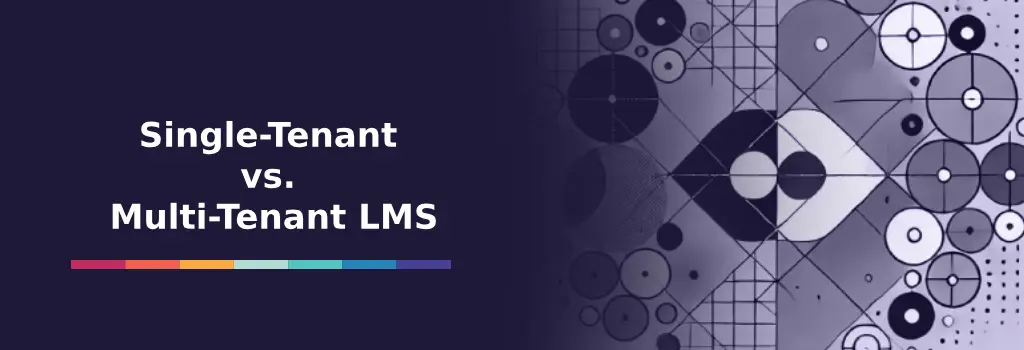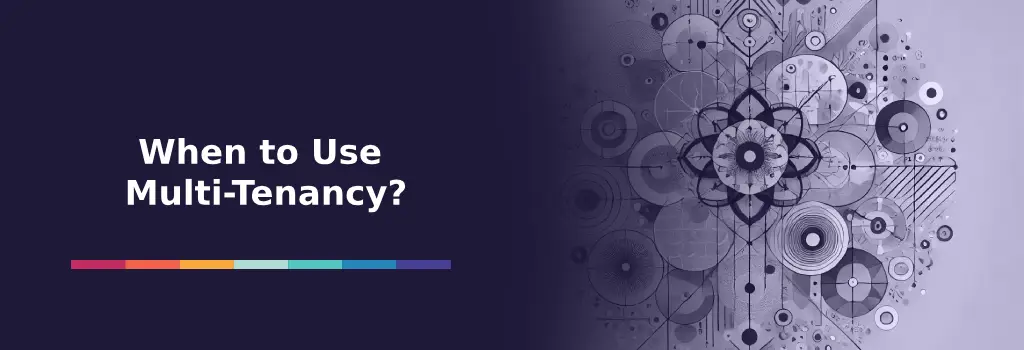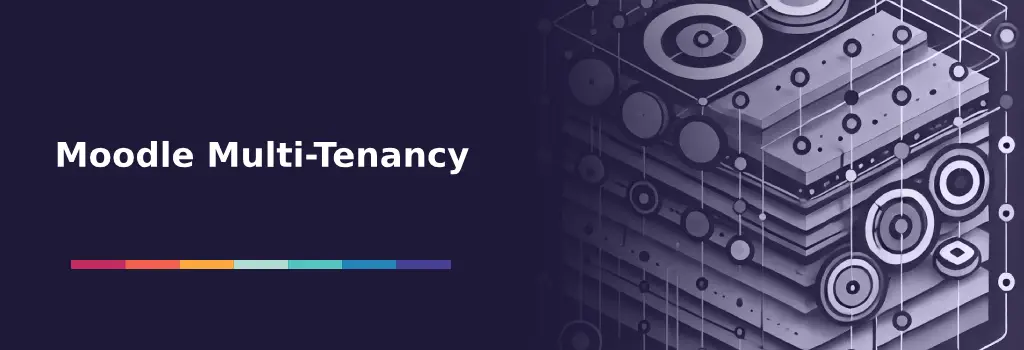Moodle multi-tenancy is a powerful feature that allows a single instance of Moodle to serve multiple independent user groups, or tenants, each with its own courses, branding, and administrative settings. This article explores the concept of Moodle multi-tenancy, explaining how it works, its benefits, and when it’s most useful. We’ll also compare it to other paid LMS solutions and provide a step-by-step guide to activating multi-tenancy in Moodle, helping organizations leverage this feature for more efficient and scalable learning management.
I am Director of Rahab Ministry (a program of Youth Unlimited). We are impressed with Mindfield’s IT specialists in helping us redesign a website (Rahab.yugta.ca) and their ongoing support. They were responsive and helped us think ahead instead of waiting for us to tell them what needed to be done. We will continue to look forward to their support.
Joanna Yee
Director, Rahab Ministry.
review Source: Google Reviews
Outline
-
-
What is a Moodle Multi-Tenancy LMS, and How Does It Work?
-
Single-Tenant vs. Multi-Tenant LMS
-
When to Use Moodle Multi-Tenancy?
-
Examples of Moodle Multi-Tenant LMS Platforms
-
Moodle Multi-Tenancy vs. Paid Multi-Tenancy Providers
-
How to Activate Moodle Multi-Tenancy?
-
Benefits of Hiring Moodle Expert Developers
-
Frequently Asked Questions(FAQs)
-
What is a Moodle Multi-Tenancy LMS, and How Does It Work?

A multi-tenancy Learning Management System (LMS) is a software structure which has a singular instance of an LMS that can serve numerous independent user groups or tenants at the same time. Each tenant is self-contained and has its own set of users, courses, branding, administrative privileges, and privacy segregation with other tenants. Users’ data is logically separated so that tenants are not able to view other’s information. This model is useful for companies that seek to enhance their training initiatives and need to accommodate various user groups within an organization without having to install different LMS instances per each group.
The idea of multi-tenancy comes from cloud computing and Software as a Service (SaaS) business models that have major benefits in scaling up, cost saving, and deployment speed. Like other enterprise systems, multi-tenancy enables rapid scaling up of educational services in a multi-segment organization without deepening significant additional expenses. This model is valuable for organizations which expect growth or new user groups on a regular basis.
Single-Tenant vs. Multi-Tenant LMS

In single-tenant LMS, every client or organization uses their own instance of the software, which is frequently managed separately. While providing maximum data separation, security and customization possibilities, s single tenant LMS requires a greater investment of resources when it comes to maintenance, upgrades, administrative attention, and costs incurred due to operations.
In contrast, multi-tenant LMS merges together multiple clients that now reside in an infrastructure that is shared by several users. Each user (tenant) is provided with separate space in form of their own logically segregated data and configuration. The sharing of resources leads to simplified maintenance procedures, faster updates, and lower operational costs. On the downside, management of privacy and prevention of data leakage is crucial to ensure tenants’ separation is maintained.
Moreover, multi tenant LMS is known to offer better administrative options, facilitating the assigning of administrative tasks to lower levels and relieving the central IT departments of extra workload. With the software being maintained and updated at once for all users, every client benefitting from the latest improvements in the system.
When to Use Moodle Multi-Tenancy?

Multi-tenancy is particularly effective in scenarios such as:
- Educational Institutions: Universities or colleges managing several campuses or faculties can offer custom-tailored courses and branding under a single unified LMS.
- Corporate Training: Enterprises conducting training for distinct departments, regional offices, or external partners benefit from a shared yet individually customized platform.
- Training Providers: E-learning companies delivering courses to multiple independent clients can offer personalized experiences without the overhead of separate installations.
- Government Entities: Organizations with various divisions that require the provision of safe, independent, yet centrally overseen training programs.
- Franchise and Retail Chains: Businesses with numerous franchises or retail outlets can offer uniform but uniquely tailored training settings to ensure operational consistency and adherence to brand guidelines.
- Medical Institutions: Hospitals or healthcare networks delivering specialized training for different medical departments or local clinics.
Examples of Moodle Multi-Tenant LMS Platforms

- Moodle Workplace: Made for use in organizations, Moodle Workplace gives a full set of features for handling multiple tenants. This includes separate spaces for each tenant, their own branding, and detailed control over administration.
- IOMAD: A free version building on Moodle. It brings strong features for multiple tenants, such as branding for each client, detailed reports, and control over administration.
- Docebo LMS: A business-focused LMS with wide-ranging features for multiple tenants. It lets organizations set up customized learning spaces for different kinds of users.
- TalentLMS: Another business LMS. Easy to use, with multi-tenant options. Good for small or big setups.
- SAP Litmos: Offers strong multi-tenant features. Can grow with your needs and connects well with other systems. Best for big businesses.
- Thinkific: While primarily known for individual course creators, Thinkific offers features that support managing multiple user groups or school branches through bundled accounts and partner solutions. It is better suited for edupreneurs or small teams needing light multi-tenant capabilities.
- Canvas LMS: Canvas LMS offers multi-tenancy capabilities primarily through its cloud-based service, Canvas Cloud. This multi-tenant Software as a Service (SaaS) architecture, supported by Amazon Web Services (AWS), provides seamless hosting, security, backups, and hands-free updates requiring no downtime.
Moodle Multi-Tenancy vs. Paid Multi-Tenancy Providers

- Moodle Multi-Tenancy: Moodle, being open-source, makes it easy to add new things through plugins like Moodle Workplace and IOMAD. Moodle Workplace, although subscription-based, provides advanced built-in multi-tenancy features, great for organizations that want to save money but still need strong tools.
- Paid Multi-Tenancy Providers: Sites like Docebo, TalentLMS, and SAP Litmos have really fancy features for many users at once, with extra good support, fast growth ability, and full tools to look at data. But, these top parts often need more money, so they are good for larger organizations with specific, demanding requirements.
Organizations should think about their budget constraints, technical capabilities, customization requirements, and scalability expectations when picking between Moodle’s multi-tenancy and other paid LMS providers. It’s important to strike a balance—spending wisely while ensuring all teaching and training requirements are effectively met.
How to Activate Moodle Multi-Tenancy?

To activate multi-tenancy in Moodle, consider the following pathways:
- Moodle Workplace: Activate multi-tenancy effortlessly by utilizing Moodle Workplace, which offers built-in features like tenant-specific branding, administration, course management, and reporting.
- Using IOMAD: IOMAD, a Moodle extension, can be installed and configured to enable multi-tenancy capabilities, providing tenants with separate administrative roles and isolated course environments.
- Standard Moodle with Plugins: For basic multi-tenancy-like features, standard Moodle can utilize plugins and custom configurations (cohorts, roles, and themes) to achieve tenant segregation and management. This is suitable for smaller-scale implementations.
For more information on enabling Moodle multi-tenancy, see “How to enable multi-tenancy in Moodle”.
Benefits of Hiring Moodle Expert Developers

Hiring Moodle expert developers provides significant advantages, especially when implementing multi-tenancy LMS solutions. Moodle experts have in-depth knowledge of Moodle’s architecture, plugins, customizations, and best practices, ensuring that your multi-tenant LMS is optimized for performance, scalability, and security. They can efficiently address complex technical challenges, streamline integrations with existing systems, and customize functionalities tailored specifically to your organization’s requirements.
Additionally, Moodle developers help maintain system stability, perform routine updates, and proactively address potential security risks. Their expertise ensures that your LMS remains robust, reliable, and future-proof, maximizing the long-term value of your investment.
Frequently Asked Questions (FAQs)

